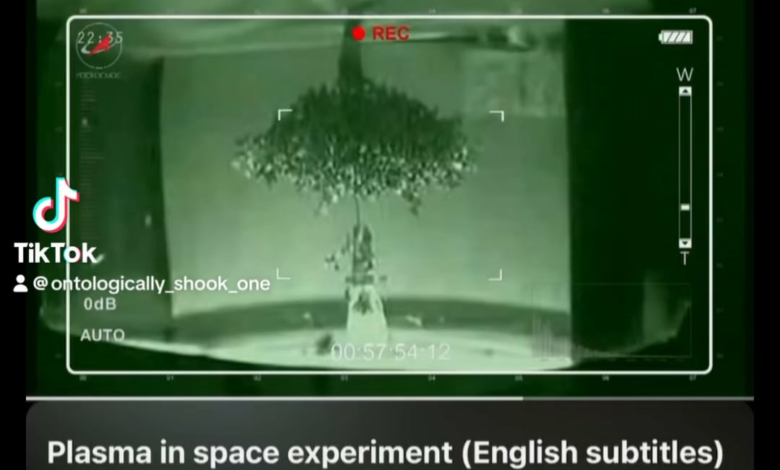Eyewitness Reports Baffling Triangle UFO Sighting Earlier this year, an individual claimed to have spotted an unusual unidentified flying object…
Read More »Explore
The Untold Mysteries: Unveiling the Consciousness of UFO Phenomena In recent years, the discourse surrounding unidentified flying objects (UFOs) has…
Read More »Intriguing Compilation of Berthold E. Schwarz’s Articles Captivates UFO Enthusiasts Are you a UFO enthusiast looking for your next great…
Read More »Captivating Apollo Archive Photos from ASU Captivate Space Enthusiasts – Explore Viewer Insights [City, Date] – Space enthusiasts and curious…
Read More »Exploring Realistic Goals for Statistical Analysis and Machine Learning Using UFO Data
Innovative Approaches: Achieving Realistic Goals in Statistical Analysis and Machine Learning for Unidentified Aerial Phenomena (UAP) Data
As interest in Unidentified Aerial Phenomena (UAP) grows, researchers are setting realistic goals for statistical analysis and machine learning applications to deepen our understanding. Here’s a breakdown of some achievable objectives:
-
Pattern Recognition and Anomaly Detection: Utilizing machine learning algorithms to identify patterns and detect anomalies in UFO sighting reports.
-
Data Classification: Developing models to classify sightings based on various features such as time, location, and physical characteristics.
-
Predictive Modeling: Creating predictive models to forecast future sightings based on historical data.
-
Geospatial Analysis: Conducting geospatial analysis to map sightings and identify potential hotspots.
-
Natural Language Processing (NLP): Applying NLP techniques to analyze the textual data from witness reports for common themes and entities.
- Clustering and Correlation Analysis: Leveraging clustering techniques to group similar sightings and performing correlation analysis to explore relationships between various factors.
These goals offer a blend of scientific rigor and technological innovation, paving the way for more objective and data-driven insights into the enigmatic world of UFOs.
Pattern Recognition and Anomaly Detection: Utilizing machine learning algorithms to identify patterns and detect anomalies in UFO sighting reports.
Data Classification: Developing models to classify sightings based on various features such as time, location, and physical characteristics.
Predictive Modeling: Creating predictive models to forecast future sightings based on historical data.
Geospatial Analysis: Conducting geospatial analysis to map sightings and identify potential hotspots.
Natural Language Processing (NLP): Applying NLP techniques to analyze the textual data from witness reports for common themes and entities.
Breaking News: Machine Learning Set to Unlock New Insights in UFO Research The realm of Unidentified Flying Objects (UFOs) has…
Read More »



